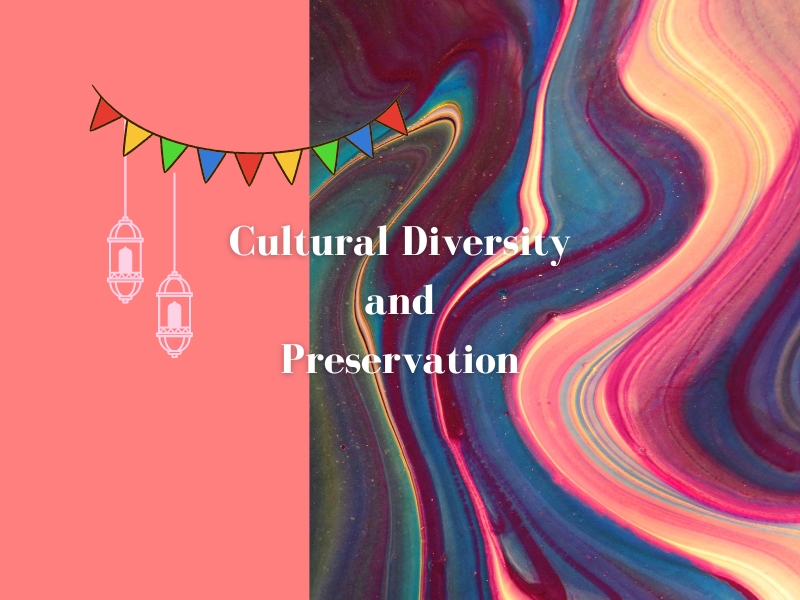Nestled amidst the majestic Himalayas, Nepal stands as a land rich in cultural diversity and heritage. This Himalayan nation is home to a myriad of ethnic groups, each adorned with its own unique customs, traditions, and languages. The kaleidoscope of cultural identities weaves a vibrant tapestry that exudes the beauty of diversity. In today’s rapidly changing world, the preservation of these diverse cultures and languages has become more critical than ever. In this article, we embark on a journey through Nepal’s cultural landscape, exploring the importance of cultural diversity and the interconnectedness of cultural and mother tongue preservation.
Embracing the Beauty of Diversity
Nepal is a melting pot of ethnic groups, and each community contributes its distinct hues to the vibrant canvas of the nation’s cultural fabric. From the indigenous Kaike to the resilient Tichrong and the vibrant Santali, each group holds a treasure trove of customs, rituals, and languages passed down through generations. The beauty of Nepal’s cultural diversity lies in the seamless coexistence of these groups, creating a harmonious fusion of traditions and fostering mutual respect for one another’s peculiarities. This cultural mosaic embodies the essence of unity in diversity, showcasing the inherent strength and resilience of a nation that embraces its rich tapestry of cultures.
Cultural Preservation: A Necessity in Today’s World
As we navigate the waves of globalization and modernization, the preservation of cultural diversity takes centre stage as a necessity. In the face of rapid changes, communities risk losing their unique customs and traditions, endangering their very identity. Cultural preservation serves as a means of safeguarding the invaluable heritage that defines a community’s way of life, history, and values. It becomes a vessel through which generations can connect with their roots, preserving ancestral wisdom, and ensuring that the tapestry of traditions remains alive in the hearts of future descendants.
The Interconnectedness of Cultural and Mother Tongue Preservation
In Nepal, cultural preservation and mother tongue preservation are interwoven, forming an inseparable bond. Language is the conduit through which culture breathes and thrives. Preserving a community’s mother tongue is key to safeguarding its cultural heritage, as language carries within it the essence of a community’s identity. The diverse languages spoken by ethnic groups are not merely tools of communication; they encapsulate unique worldviews, folklore, and oral traditions that have been passed down through generations. By preserving mother tongues, communities ensure the preservation of their distinct cultural identities, reinforcing their resilience in the face of external influences.
The Beauty in Mother Tongue Preservation
Mother tongue preservation is a testament to the beauty and resilience of cultural diversity. As communities pass down their mother tongues to younger generations, they nurture a profound connection with their roots. The gift of language empowers individuals to engage with their heritage, comprehend the wisdom of their ancestors, and embrace the nuances of cultural expressions. Mother tongue preservation becomes a celebration of a community’s journey, fostering a sense of belonging and pride in one’s roots.
Conclusion
As we traverse the rich cultural landscape of Nepal, we are mesmerized by the kaleidoscope of diversity that adorns the nation. Embracing the beauty of each ethnic group’s uniqueness, we recognize the significance of cultural preservation and mother tongue preservation as vital components in safeguarding the heart and soul of a community’s identity. As the world becomes more interconnected, the preservation of cultural diversity stands as a beacon of strength and unity, reflecting the beauty in the multitude of cultures that grace our planet. In Nepal, where cultural diversity flourishes, the necessity of preservation becomes ever more apparent, as each community holds the key to a unique heritage that deserves to endure through time. Let us celebrate Nepal’s cultural tapestry and join hands in preserving the legacy of diversity that enriches our shared humanity.
